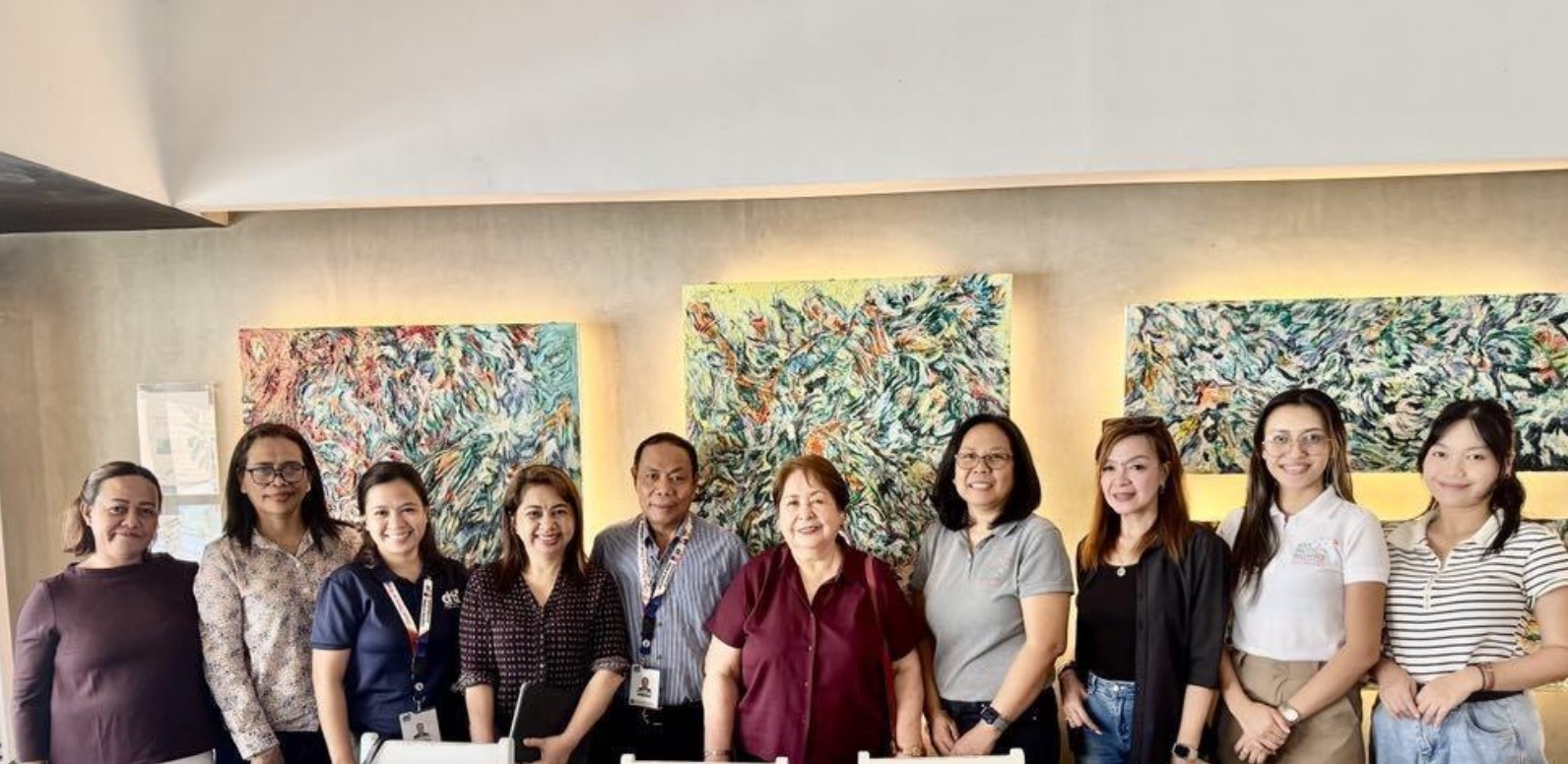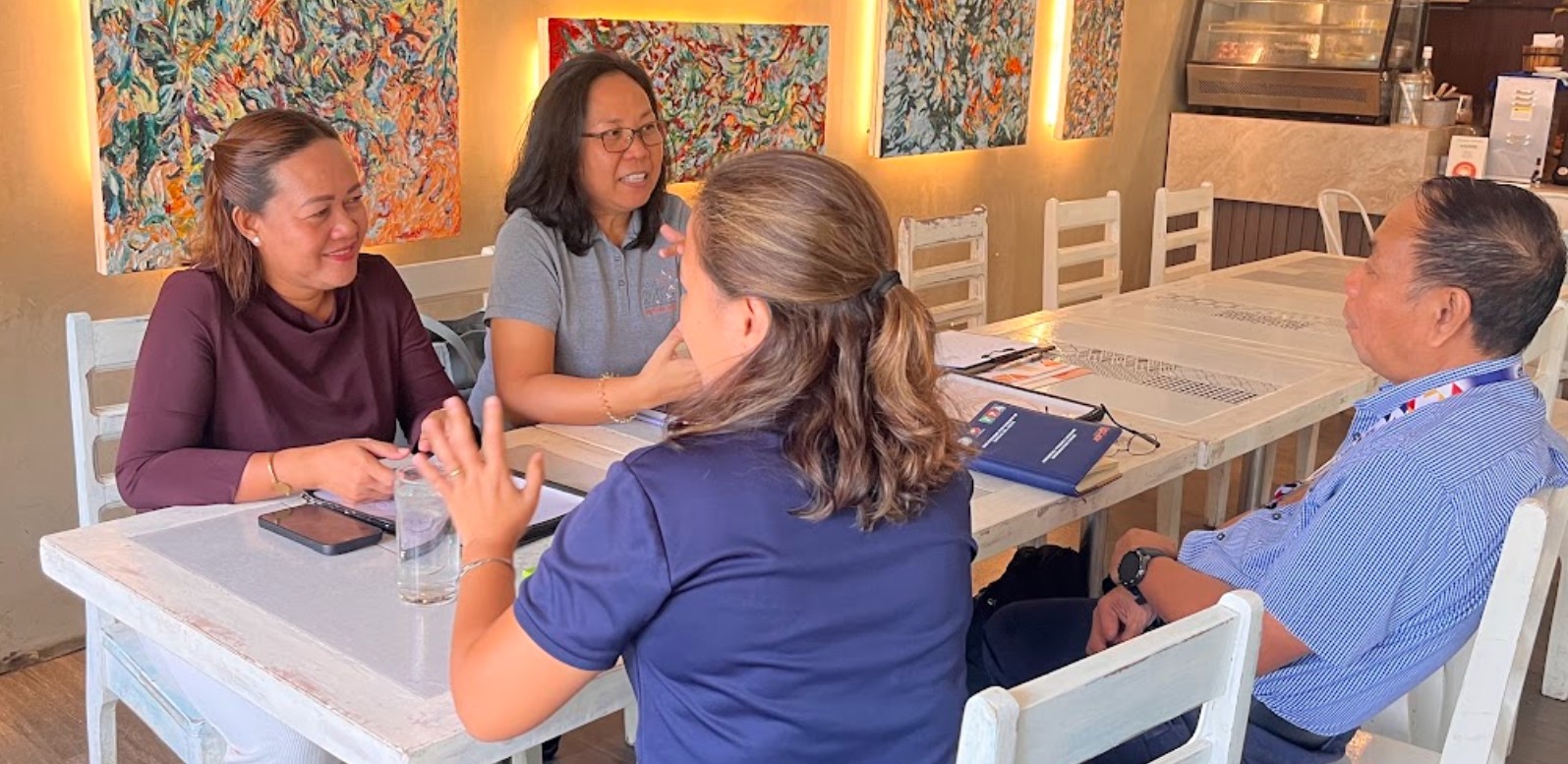
Surigao del Norte, CARAGA Region — Local government, business, and academic leaders in Surigao del Norte came together to advance the Microenterprise Resilience Program (MRP) last May 23, 2025, with participants from the Department of Trade and Industry, Surigao del Norte State University, Surigao Chamber of Commerce and Industry, and the Surigao City Disaster Risk Reduction and Management Office.
The meeting provided A-PAD PH with an opportunity to showcase the successful pilot implementation of the MRP in six regions across the Philippines and to seek support for its broader rollout through partnerships.
In 2024, Surigao City successfully completed the Microenterprise Resilience Program (MRP) in three pilot barangays: Luna, San Juan, and Washington. The training, led by A-PAD PH and facilitated by SCCI and CDRRMO, helped microenterprise owners enhance their preparedness and adaptability, especially in times of disaster.

Participants were equipped with knowledge and tools to assess business risks, develop continuity plans, and strengthen their operations against disruptions. Building on the positive feedback and outcomes, SCCI envisions expanding the program to reach more barangays, giving more micro-enterprises the opportunity to build resilience and sustainability.
“Microentrepreneurs need to be resilient because we’re often hit by disasters. If they are, they can keep their businesses running and help meet the community’s basic needs, even during a disaster.” Ms. Metchel Verona, SCCI executive director stated.
The meeting concluded with a strong consensus on the importance and potential impact of the Microenterprise Resilience Program (MRP) in strengthening microenterprise and disaster resilience in Surigao del Norte. Recognizing limited funding, stakeholders agreed on the need to institutionalize the program. A-PAD PH committed to preparing a formal proposal outlining the program’s costs and implementation logistics, targeting both city and provincial government support.
All stakeholders agreed to maintain open communication, define partnership roles, and move forward with coordinated efforts to ensure the program’s success.